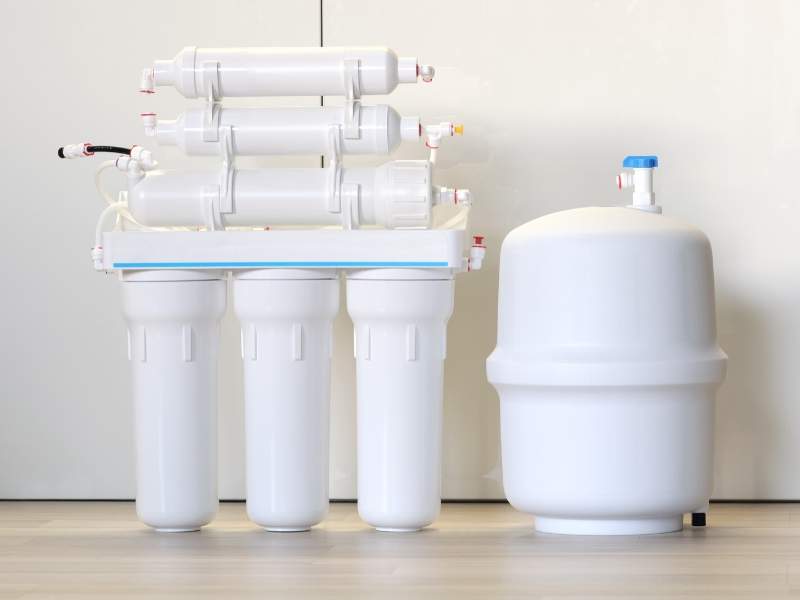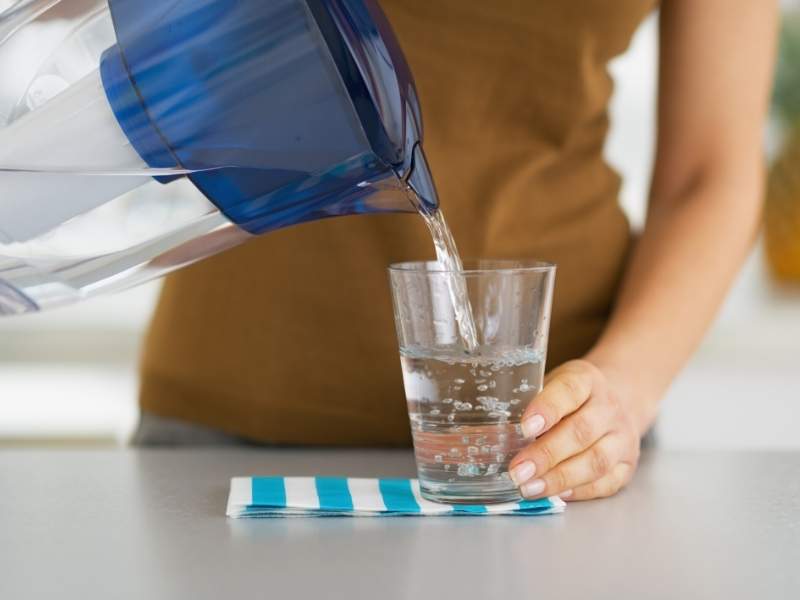The water purification industry has grown in recent years thanks to numerous health scares and widespread knowledge of the unwanted chemicals in our water. The sensible option is to install a water purification system.
However, there are several different types of filtration systems and, the one you choose depends on the quality of the water you currently use. So, with your water test results in hand, here are four home water purification systems for your selection.
5 Systems to Bring You the Best Home Water Purification

⎆ Reverse Osmosis Water Filter System
In a reverse osmosis water filter system, natural osmosis happens when water or any other liquid passes through a membrane. Reverse osmosis is when the liquid is forced through the membrane in the opposite direction to that which it would normally travel.
This results in the removal of ions, large particles and even some molecules from the water. It is particularly effective at removing bacteria and bugs from the water. The force behind this ensures that only the pure liquid is allowed to travel on through the other membranes and into your home.
An important step because it removes excess sodium and leads, this treatment helps to eliminate the two elements that can build up in the body and cause long-term damage.
If you want to remove chlorine, fluoride, organic compounds, and sediment, this is a very effective filtration system. In fact, this is the most common type of household filtration system.
⎆ Ceramic Water Filter
Ceramic filters, by design, remove bacteria, viruses, and even protozoa which are single-celled organisms that live in the water and might be parasitic in nature.
It is good to note that the quality of the ceramic that is in use directly affects the efficiency of this type of filter.
⎆ Ultra Violet Water Filter
The sun is extremely powerful. You probably already know that too much exposure to UV rays can kill skin cells in humans. The same is true for all life forms. If you pass water through an ultraviolet ray then the bacteria in the water will die.
UV is so powerful that it will kill almost every bacterium known to man. This is definitely the most effective way of removing bacteria but it does nothing for debris.
⎆ Carbon Water Filter
The carbon filter is popular because it’s good all around and it’s inexpensive. Most carbon filters can remove the taste and odor of the water but not all can remove the sodium, minerals, or even inorganic substances that are removed with other systems.
⎆ Sand and Charcoal Water Filter
Sand and charcoal are the default filters of choice when you lose your way in the wilderness and need to clean your water. These two substances are almost always available and will remove all the debris from your water. It is good enough to get rid of even the smallest particles.
However, sand is not effective at eliminating bacteria and that’s why you need to boil the water in the wild. It’s best to boil it first, then pour it through your sand and charcoal filtering system.
The Bottom Line

Every one of these filters is effective but none of them do everything. When you get the test results for your water, you’ll be able to better determine which system or combination is right for your purposes.
Images Courtesy of Canva.
Other Posts You Might Enjoy:
4 Tips to Build a Green Energy Efficient Home
7 Types of Fencing for Your Yard or Garden





